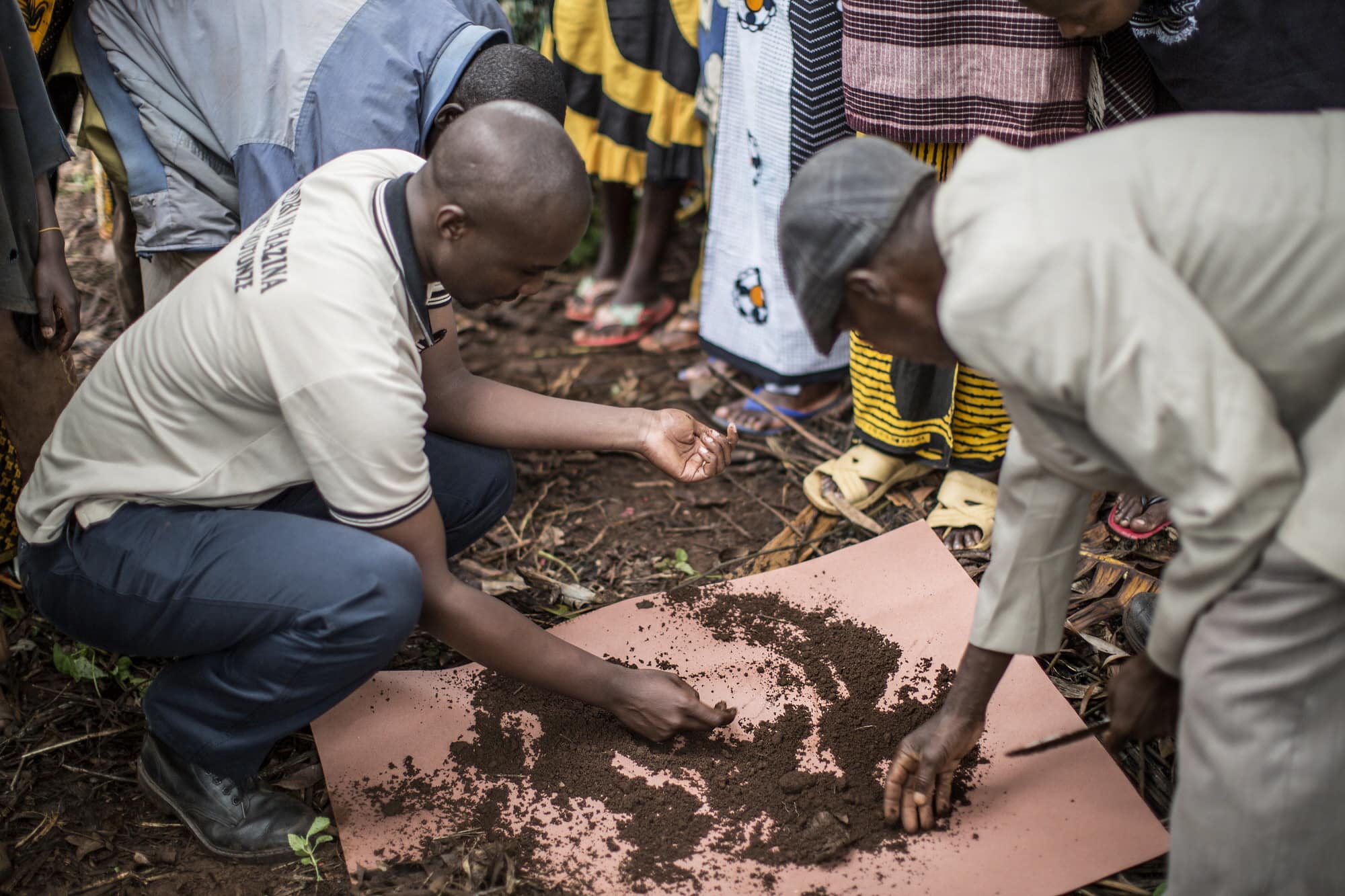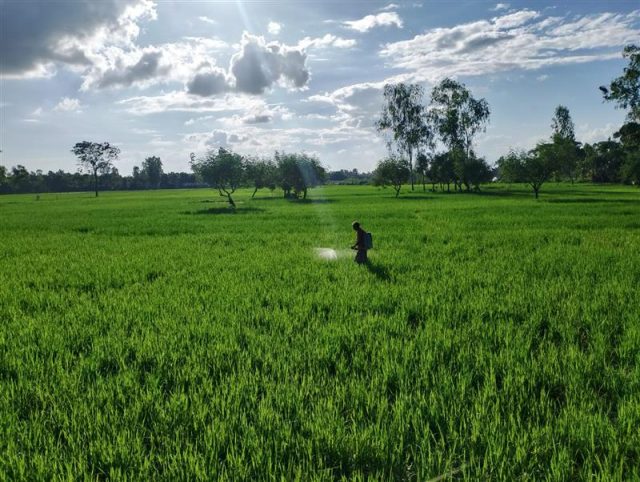Measuring the true cost of food
- From
-
Published on
11.11.20
- Impact Area

BY DAVID LABORDE, MARIE PARENT AND VALERIA PIÑEIRO
Second in a series of seven posts on briefs by the Think20 (T20) task force on Sustainable Energy, Food, and Water Systems. T20 is a G20 engagement group that connects and collaborates with think tanks around the world to provide ideas and recommendations. The task force is one of 10 advising this year’s Saudi Arabia G20 Presidency. Read the first post here.
What do we mean by the “true cost” of food? When people think of food prices, they typically think about the price paid by consumers at the time of purchase (the “private cost”). However, this price may not include all of the costs to society. These “social costs” also encompass environmental and public health impacts stemming from practices and features of global and local food systems—including air and water pollution, overdrawn aquifers, antibiotic resistance, and diet-related diseases like diabetes. While consumers don’t pay these costs upfront, the costs are borne by society in other ways: For example, reduced harvests as a result of land erosion or soil degradation.
Policy can shape which social costs emerge and their significance by influencing four food system drivers: How much we produce, what we produce, how we produce, and where we produce. Some of these factors cross borders, thus affecting international public goods. When they do, they become international social costs that require international policy to be appropriately addressed.
Photo credit: Marco Longari/FAO
Related news
-

New Genomic Discovery from ICRISAT Could Save Farmers Millions by Preventing Groundnut Sprouting Before Harvest
International Crops Research Institute for the Semi-Arid Tropics (ICRISAT)02.12.25-
Food security
-
Poverty reduction, livelihoods & jobs
Breakthrough study identifies varieties and key genes to halt sprouting before harvest in groundnut …
Read more -
-

Cultivating climate-smart rice: How specific cultivars and smarter fertilizing can cut emissions and maintain yield
International Rice Research Institute (IRRI)19.11.25-
Climate adaptation & mitigation
-
Food security
By Bushra Humaira Sadaf A team of researchers from the Bangladesh Rice Research Institute (BRRI), I…
Read more -
-

Australia partners with International Livestock Research Institute to upskill researchers from Africa and Asia
International Livestock Research Institute (ILRI)13.11.25-
Food security
-
Poverty reduction, livelihoods & jobs
Australia has joined forces with the International Livestock Research Institute (ILRI) to support th…
Read more -
